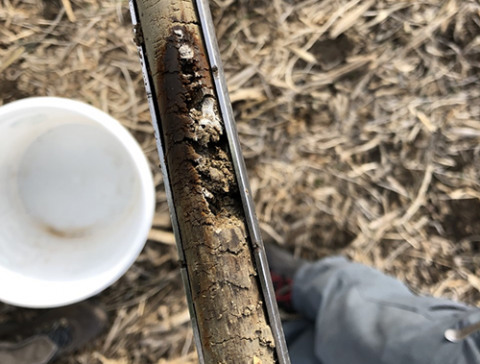Fertilizer Recommendation Support Tool to Digitize Crop Nutrient Management Launches Nationwide
April 9, 2024
A significant advancement in soil testing, a new web-based fertilizer decision support tool will potentially save farmers millions of dollars annually while reducing excess nutrient losses to the environment.

Soil Disease Index, Tool for Managing Sugarbeet Diseases, Available for Growers
December 13, 2021
Since 2003, the UNL Panhandle Research and Extension Center has offered a pre-plant soil test to producers who need to identify soilborne sugarbeet pathogens in fields that will be planted to sugarbeets.
Soil Sampling for Better Fertilization Decisions
October 17, 2023
Recommendations for collecting soil samples to ensure the quality results needed for good management decisions about fertilizer, manure and lime application rates.
Creating a Soil Disease Index for Nebraska Sugar Beet
December 13, 2017
Soil testing and a disease index developed at the university's Panhandle Research and Extension Center can help growers identify rhizoctonia risk levels of fields before they're planted to sugar beets.


